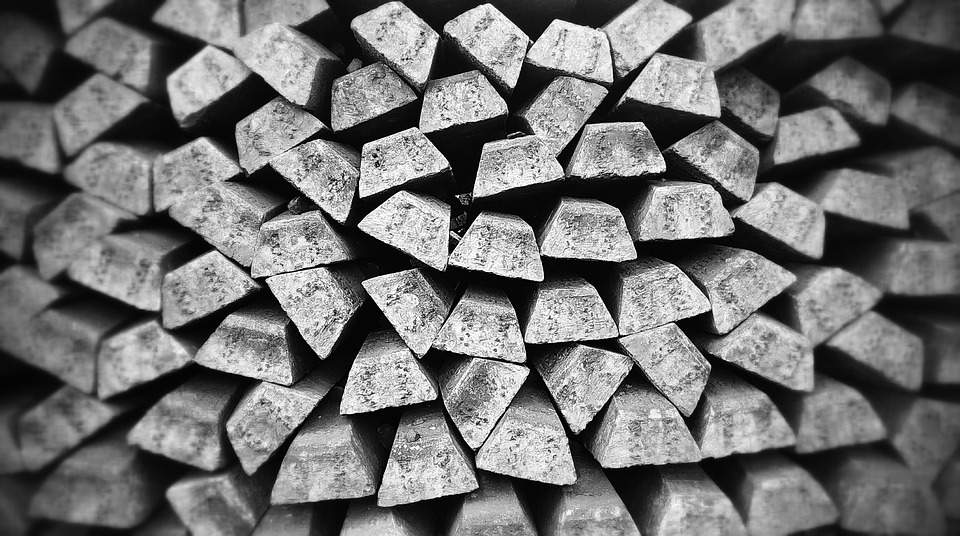Unlocking the Secrets of 3D Printing: An Introduction to Option 2
The world of 3D printing has come a long way since its inception in the 1980s. From creating simple plastic trinkets to complex medical devices, the possibilities are endless. With the advent of new technologies and materials, 3D printing has become an integral part of various industries, including healthcare, aerospace, and consumer goods.
Among the many options available, Option 2: Fused Deposition Modeling (FDM) stands out for its versatility, affordability, and wide range of applications. In this article, we’ll delve into the world of FDM 3D printing, exploring its capabilities, benefits, and limitations.
What is Fused Deposition Modeling (FDM)?
FDM is a type of 3D printing technology that uses melted plastic to create objects layer by layer. The process begins with a spool of plastic filament, which is fed into the 3D printer’s extruder. The extruder heats the filament to a molten state, allowing it to be deposited onto a build platform in a specific pattern.
How does FDM work?
The FDM process involves the following steps:
- Design: Create a 3D model of the object using computer-aided design (CAD) software or a 3D modeling program.
- Slicing: Divide the 3D model into thin layers, which are then sent to the 3D printer.
- Extrusion: The extruder melts the plastic filament and deposits it onto the build platform in a specific pattern.
- Layer formation: The extruded plastic solidifies, forming a single layer of the object.
- Repeat: Steps 3 and 4 are repeated until the entire object is complete.
Benefits of FDM 3D Printing
FDM 3D printing offers several benefits, including:
- Affordability: FDM 3D printers are relatively inexpensive compared to other 3D printing technologies.
- Versatility: FDM can print a wide range of materials, from ABS and PLA plastics to wood-based filaments and metal-filled materials.
- Speed: FDM 3D printing is relatively fast, with print speeds ranging from a few hours to several days, depending on the complexity of the object.
- Accessibility: FDM 3D printing is widely available, with many hobbyists and professionals using this technology to create objects.
Limitations of FDM 3D Printing
While FDM 3D printing offers many benefits, it also has some limitations:
- Resolution: FDM 3D printing is limited in its resolution, resulting in a relatively rough surface finish.
- Strength: FDM 3D printed objects may not be as strong as those created using other 3D printing technologies.
- Warpage: FDM 3D printed objects may warp or distort due to thermal expansion or shrinkage.
Applications of FDM 3D Printing
FDM 3D printing has a wide range of applications, including:
- Prototyping: FDM 3D printing is ideal for creating prototypes, allowing designers to test and refine their designs before moving to production.
- Production: FDM 3D printing can be used to create production-ready parts, including toys, jewelry, and consumer goods.
- Rapid manufacturing: FDM 3D printing enables rapid manufacturing, allowing companies to quickly produce replacement parts or repair damaged products.
Generate Image
[Insert an image of a 3D printed object created using FDM technology]
Frequently Asked Questions (FAQs)
Q: What is the best material to use for FDM 3D printing?
A: The best material for FDM 3D printing depends on the specific application. Popular options include ABS, PLA, and PETG.
Q: How long does it take to print a 3D object using FDM?
A: Print times vary depending on the complexity of the object and the speed of the 3D printer. Simple objects can take a few hours to print, while complex objects can take several days.
Q: Can I print 3D objects with moving parts using FDM?
A: Yes, FDM 3D printing can be used to create objects with moving parts, such as mechanisms and hinges.
Q: How do I fix warping issues with FDM 3D printing?
A: Warping issues can be addressed by using a heated build platform, applying a brim or raft, or using a warping prevention tool.
Q: Can I print 3D objects with a high level of detail using FDM?
A: While FDM 3D printing is not ideal for printing objects with extremely high levels of detail, it can still produce objects with good resolution and surface finish.
In conclusion, FDM 3D printing is a versatile and affordable technology that offers a wide range of applications. By understanding the capabilities and limitations of FDM, you can unlock the full potential of this exciting technology.



